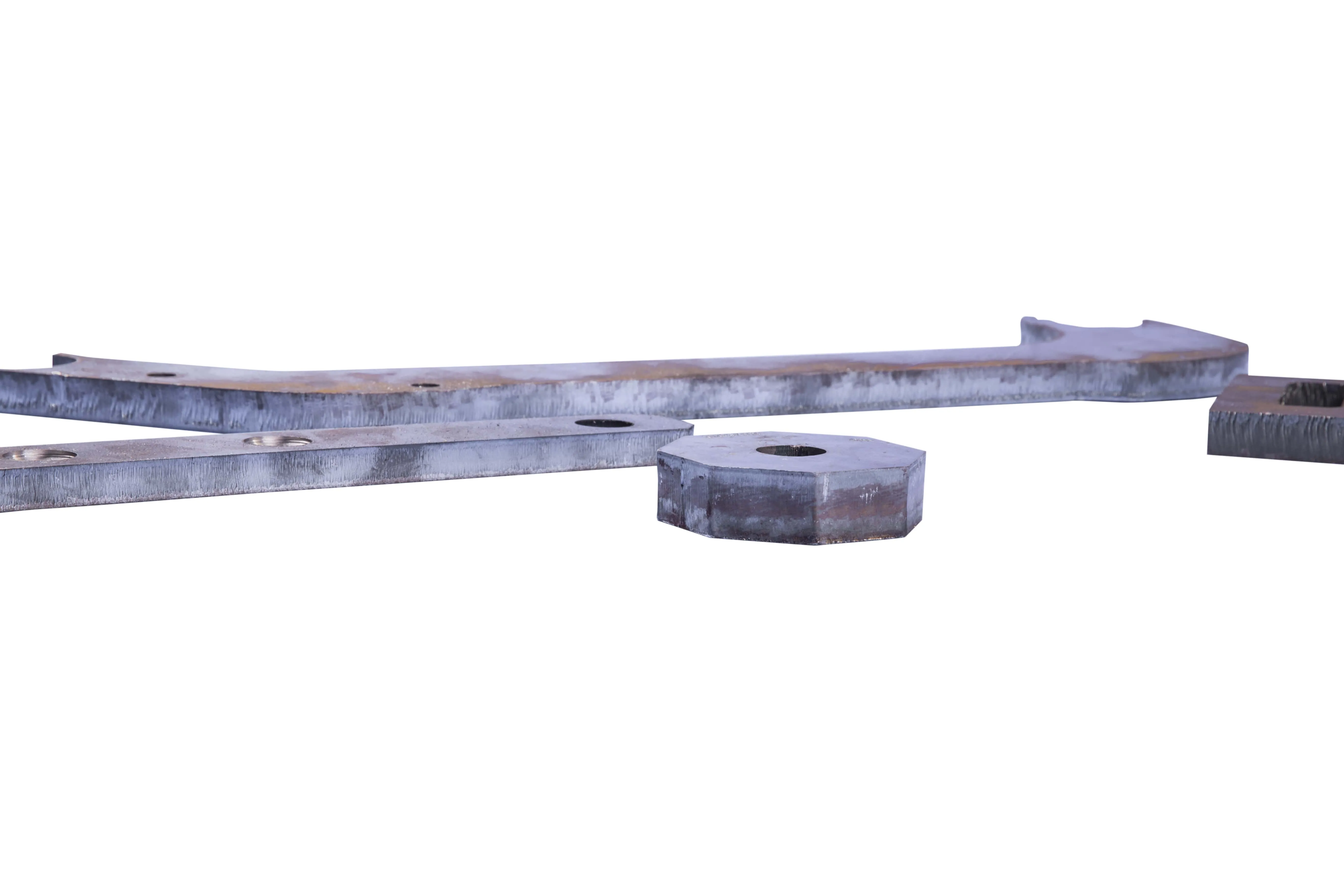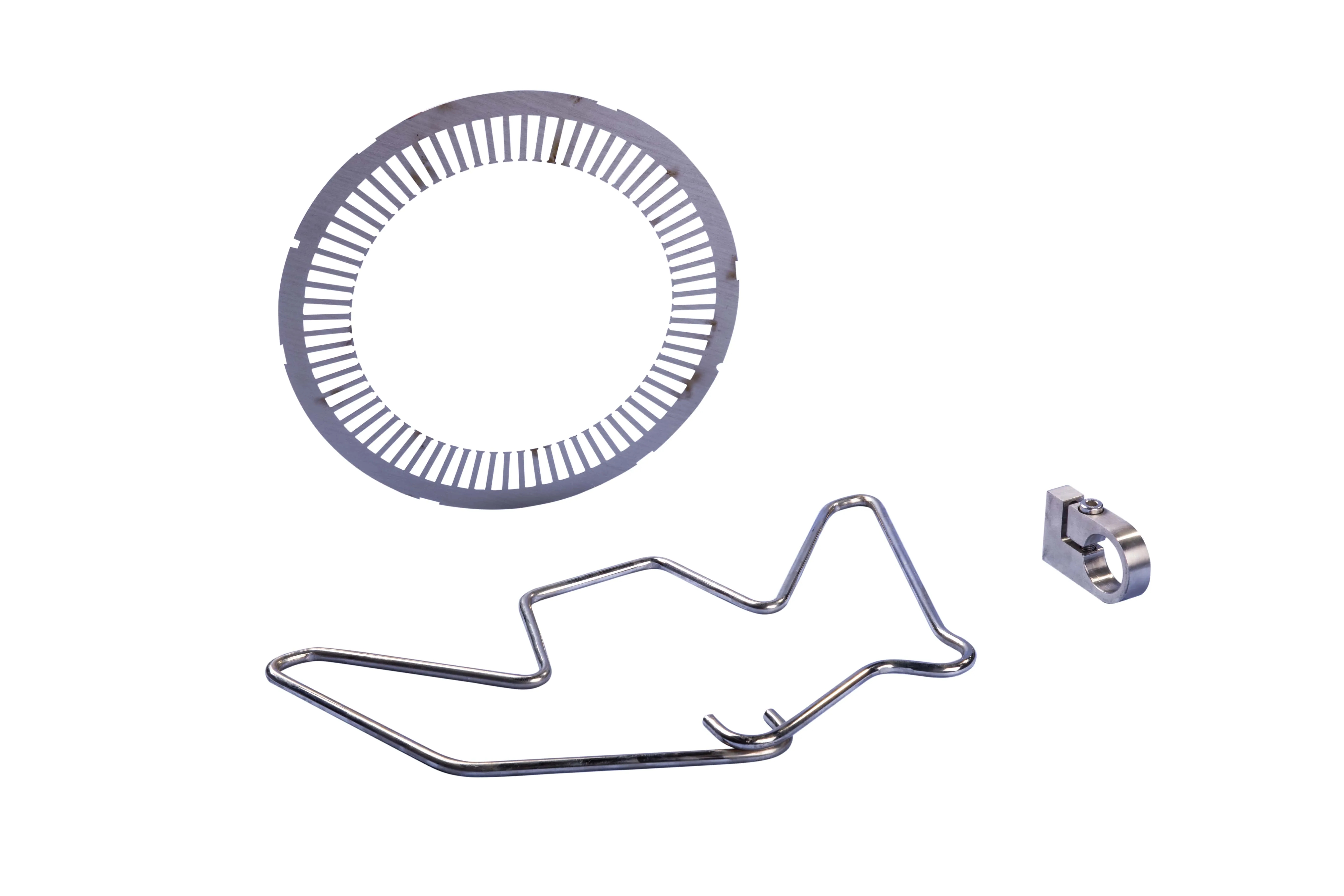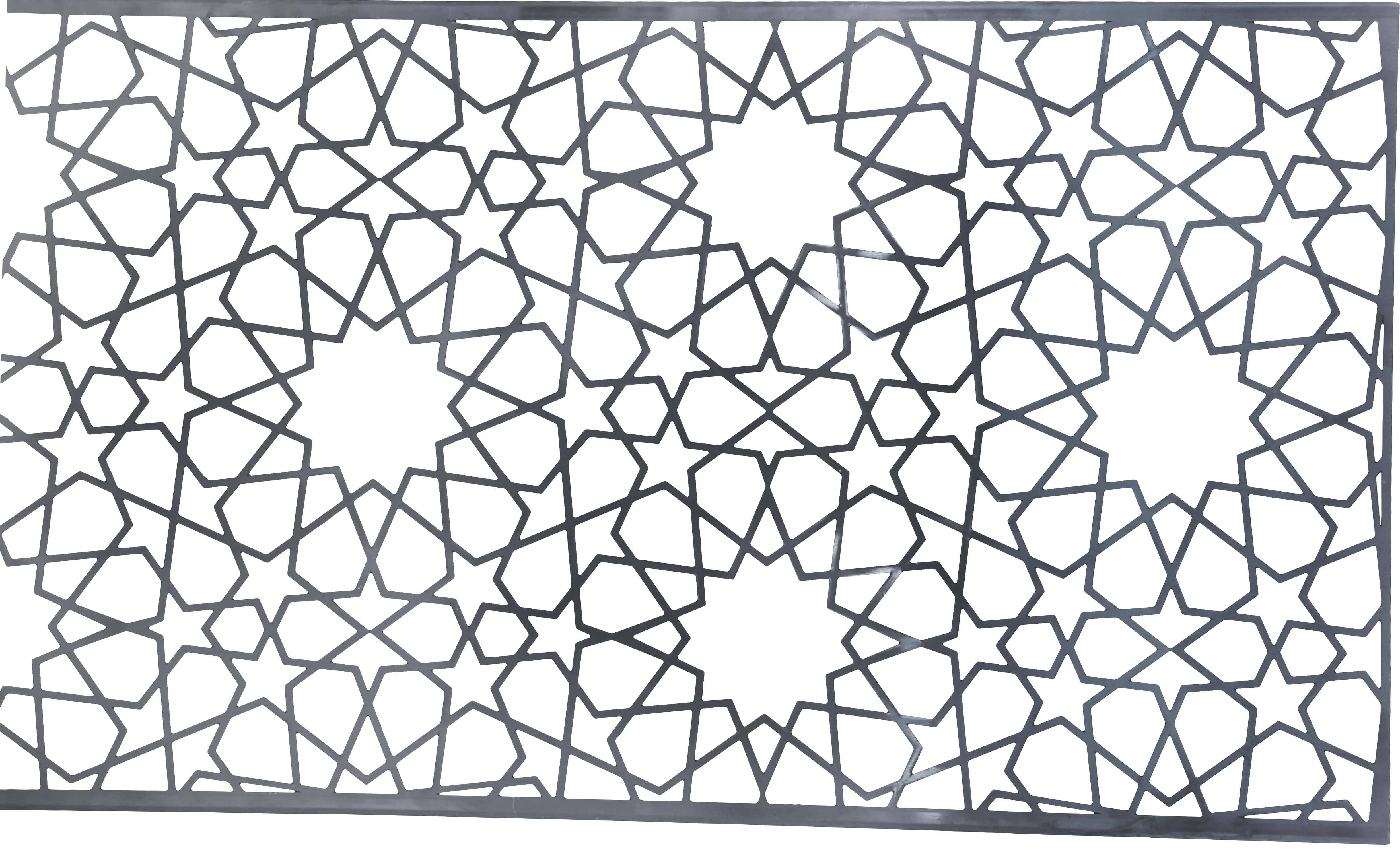Paint
Paint
The Ultimate Guide to Electrostatic Powder Coating: Durability, Efficiency, and Eco-Friendliness
Introduction: Why Electrostatic Powder Coating is the Future of Finishing
In the world of industrial and architectural finishing, Electrostatic Powder Coating (EPC) stands out as the superior choice. This advanced technique offers an unparalleled combination of durability, efficiency, and environmental responsibility. Far beyond traditional liquid paint, EPC delivers a robust, high-quality, and aesthetically pleasing finish that can significantly extend the life of your products.
If you are a manufacturer, architect, or industrial buyer looking for the most resilient, cost-effective, and eco-friendly protective coating, you need to understand the power of powder coating technology.
What is Electrostatic Powder Coating? A Simple Breakdown
Electrostatic powder coating is a dry finishing process where finely ground particles of pigment and resin are applied to a surface. Unlike conventional wet paint, which uses solvents that evaporate into the air, powder coating uses an electrostatic charge to bond the powder to the grounded workpiece.
The Science Behind the Superior Bond
The process hinges on basic physics:
-
Charging: The powder particles, held in a powder coating gun, are given a strong negative electrostatic charge (Corona or Tribo charging).
-
Attraction: The item to be coated (usually metal) is electrically grounded. This creates a powerful electrical field between the gun and the part, causing the charged powder to be strongly attracted and adhere evenly to the entire surface.
-
Curing: The coated part is then moved into a curing oven. High heat causes the powder particles to melt, flow, and chemically react to form a smooth, continuous, and exceptionally tough protective coating film.
This dry application and thermal curing process results in a finish that is superior in many key aspects.
Key Advantages: Why Choose Powder Coating?
The shift to EPC is driven by its many benefits, making it the top choice for high-volume and high-quality applications.
1. Unmatched Durability and Resistance
The chemical cross-linking that occurs during the curing process creates a finish significantly tougher than liquid paint. This means outstanding resistance to:
-
Corrosion and Rust: Essential for outdoor and high-humidity applications.
-
Chipping, Scratching, and Abrasion: Providing a longer-lasting, pristine look.
-
Fading (UV Resistance): Many powder types offer excellent protection against sunlight, making them ideal for architectural finishes and outdoor furniture.
-
Chemicals: Resisting detergents, solvents, and other harsh substances.
2. Superior Environmental Profile (Eco-Friendly Coating)
EPC is the clear winner for businesses aiming for sustainability:
-
Zero or Near-Zero VOCs: Powder coatings contain virtually no Volatile Organic Compounds (VOCs), a major air pollutant found in liquid paints. This makes the process better for the environment and safer for operators.
-
High Material Utilization: Overspray powder that doesn't adhere to the part can be collected and reused (reclaimed). This high powder utilization rate often exceeds 95%, drastically reducing waste.
3. Operational and Economic Efficiency
-
Cost-Effective: Minimal waste and fast processing times translate into lower overall production costs.
-
Thicker, Single-Coat Coverage: Powder coating typically achieves a thick, uniform finish in a single application, whereas liquid systems often require multiple coats and flash-off times.
-
Wide Range of Finishes: It offers a massive selection of colors, gloss levels (matte, semi-gloss, high-gloss), textures, and special effects (metallic, hammer-tone) not easily achieved with liquid paint.
The Electrostatic Powder Coating Process: Step-by-Step
Achieving a flawless, long-lasting finish requires adherence to a strict, multi-stage process.
1. Surface Pre-Treatment (The Critical First Step)
-
The Goal: To remove all contaminants (oil, dirt, grease, rust) and chemically prepare the substrate for optimal adhesion.
-
Methods: This often involves multi-stage washing, degreasing, and chemical conversion coatings (e.g., zinc or iron phosphating) to create a clean, etched surface for the powder to bond to. Proper surface preparation is the single most important factor for coating longevity.
2. Powder Application
-
The part is hung on a grounded conveyor system.
-
A specialized spray booth contains the application process.
-
An electrostatic spray gun applies the charged powder, which adheres instantly due to the attractive force.
3. Curing (The Fusion Stage)
-
The part enters a convection or infrared curing oven.
-
The temperature and duration are carefully controlled (e.g., 10 minutes at / ).
-
The powder melts, flows out to form a smooth liquid film, and then cross-links (cures) into the hard, protective coating.
Applications: Where is Powder Coating Used?
The versatility and resilience of the finish mean Electrostatic Powder Coating is utilized across countless industries:
Conclusion: Invest in Superior Coating Technology
Choosing Electrostatic Powder Coating is not just a decision for a better finish; it's an investment in the long-term quality, durability, and sustainability of your product. By leveraging the principles of electrostatics and chemistry, this process delivers a finish that is tougher, greener, and more cost-efficient than any traditional alternative.
Ready to switch to the most advanced and resilient surface finishing solution?







